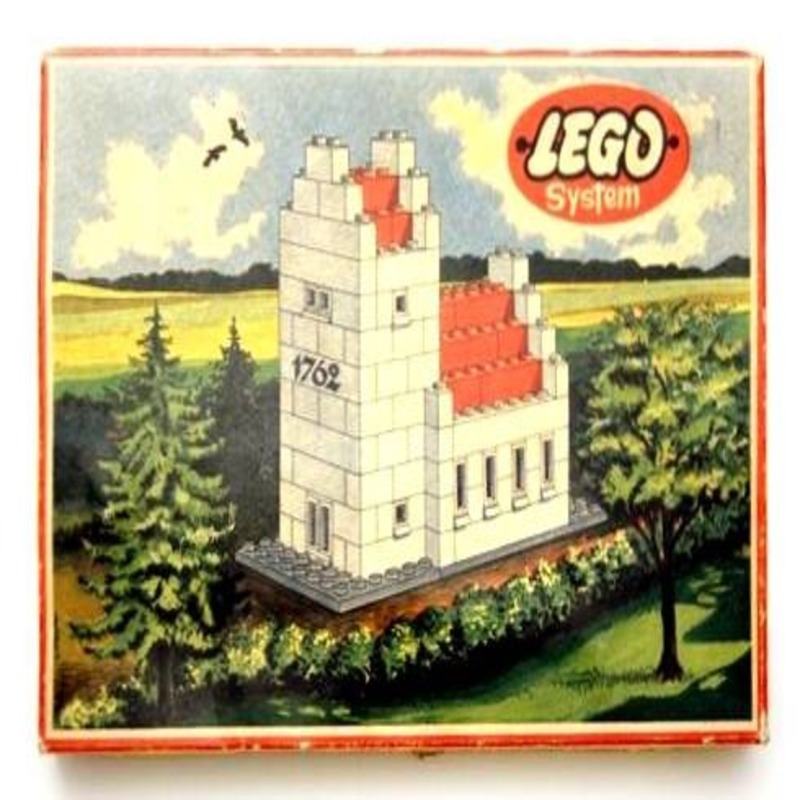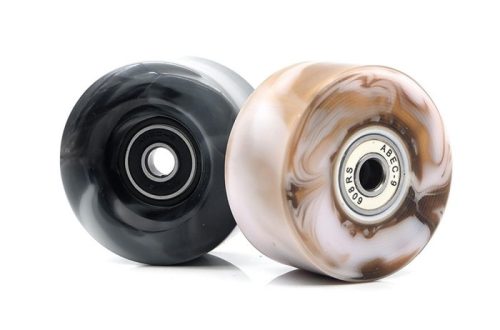The Foundations of LEGO
What was the first LEGO set?In the heart of the Danish village of Billund, the foundations of LEGO took shape. Ole Kirk Kristiansen, a master carpenter, established his company in 1932, venturing from practical wooden wares to the joy of toy crafting. The shift from stepladders and ironing boards to wooden toys laid the groundwork for a brand that would become synonymous with creativity and play.
From Woodworking to Toy Crafting
The initial product range included simple yet captivating items: wooden cars, airplanes, and the versatile yoyo. These toys were the seeds of imagination, planted in an era where electronic gadgets were non-existent. It was the tactile, hands-on experience of these wooden wonders that marked the commencement of a legacy.
The Birth of A Brand: LEGO?s Early Years
By 1934, the company embraced the name ‘LEGO’, encapsulating the essence of playfulness with the Danish phrase ‘LEg GOdt’. Little did Ole Kirk know that LEGO also meant ‘I put together’ in Latin, serendipitously aligning with the brand’s future. It was during these formative years that LEGO’s reputation for quality took root, guided by the principle: ‘Only the best is good enough’.
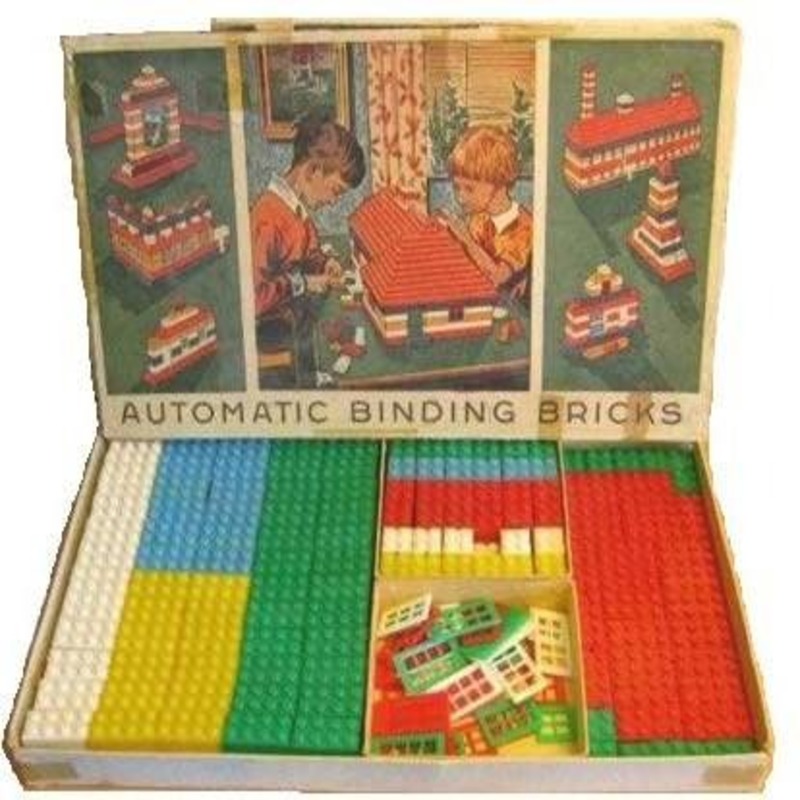
The Pioneers of Plastic: LEGO’s Shift to Plastic Bricks
In 1946, an evolution unfolded in Billund, sparking a revolution in toy manufacturing. The LEGO Group, then renowned for wooden toys, took a pioneering step by purchasing a plastic injection-moulding machine. This significant investment heralded LEGO’s foray into plastic, a material that would define its future.
The Inception of Automatic Binding Bricks
The birth of LEGO’s plastic era began with Automatic Binding Bricks, introduced in 1949. After examining Kiddicraft Self-Locking Building Bricks, Ole Kirk Kristiansen and his son Godtfred were inspired. The duo diligently worked, refining the design until the release of their plastic predecessor. These early bricks laid the foundation for a new chapter in LEGO’s story.
Exploring the Innovations: From Slotted Bricks to Interlocking
The initial LEGO bricks featured slots, a unique approach for constructing various models. However, these lacked the interlocking ability LEGO is known for today. By 1958, after years of innovation, the famous interlocking bricks were launched, transforming play experiences worldwide.
LEGO’s Naming and Brand Evolution
In 1934, LEGO emerged as a beacon of quality and enjoyment. The name, derived from ‘LEg GOdt’, embodied ‘play well’ and fortuitous Latin translation ‘I put together’.
The Danish Roots and Latin Discovery
Ole Kirk Kristiansen chose a brand name meaningful in Danish culture. Unknowingly, he also captured the essence of LEGO’s interlocking future in Latin, ‘I put together’.
Crafting a Global Slogan of Quality
LEGO’s 1936 slogan, ‘Only the best is good enough’, signaled a commitment to excellence. This promise of quality still guides the company today.
First Creations: The Toy Lines that Started it All
Ole Kirk Kristiansen’s LEGO company made its mark with engaging wooden toys. These were not just any toys; they were the first of a legendary line. The simple yet innovative designs sparked joy and creativity in children, preparing the world for the LEGO era.
The Iconic LEGO Duck and Yoyo
In 1935, the very first toy to bear the LEGO brand emerged as a carved, wooden duck. Crafted with dedication and skill, this duck rolled on wheels, charming children and adults alike. Around the same time, LEGO introduced the yoyo. This toy, while simple in concept, became a sensation. It was so popular that surplus yoyos were repurposed as wheels for other toys.
Automating Play: The Introduction of Moving Sets
LEGO’s journey into movement began with simple mechanics. By 1949, LEGO had presented their ground-breaking Automatic Binding Bricks. These bricks offered a new interactive dimension to toy sets. This development paved the way for LEGO to innovate and eventually create sets with moving parts that delighted and educated eager young minds.Learn what was the first LEGO set.
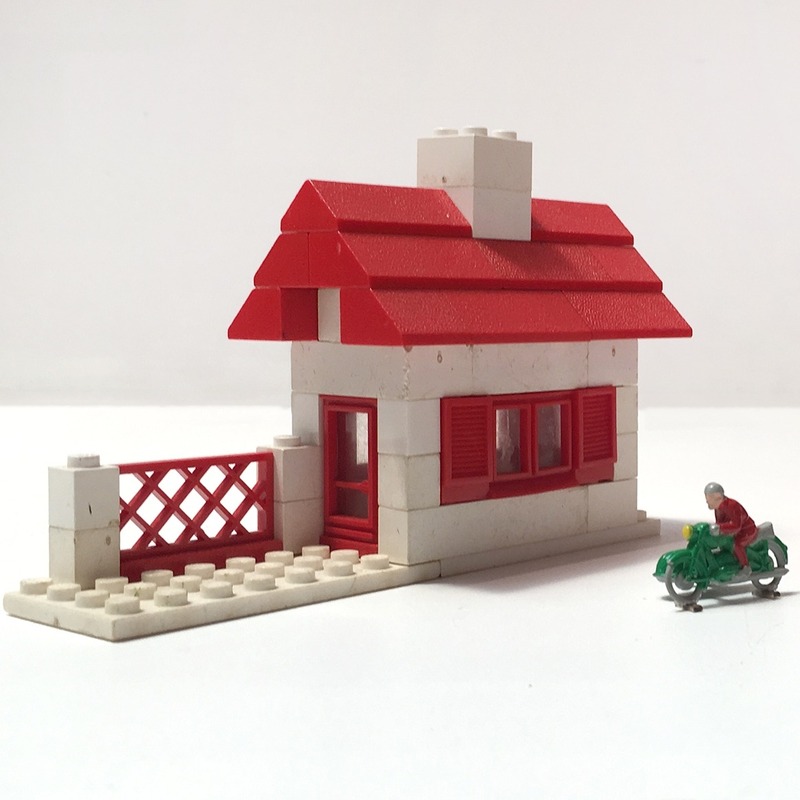
The Expansion into Diverse LEGO Sets
As LEGO’s journey continued, the brand began delving into an assortment of playsets that reflected both a child’s dream and an adult’s fondness for nostalgia.
Paving the Way for Wheels: Early Vehicle Sets
The year 1962 marked a significant milestone when LEGO released its first wheel elements. This innovation transformed blocks into dynamic toys, creating endless possibilities for vehicle creation. Kids could now craft cars, trucks, and eventually complex machinery that would move – not just in imagination but in real life too.
With the addition of simple, sturdy wheels, LEGO provided a tangible way for children to explore mechanics and motion, solidifying LEGO’s place in the playroom as a catalyst for learning through play. The colorful, interlocking bricks, combined with these new wheeled elements, allowed young builders to construct their own vehicles, sparking creativity and problem-solving skills.
Tracking Progress: The First LEGO Trains
Following the innovation of wheels, 1964 witnessed the introduction of the first LEGO train sets. These early trains were a breakthrough, embodying the magic of transportation in miniature form.
Early LEGO trains mesmerized builders, offering more than just static models. Although these first trains operated without tracks, they spurred imagination and captured the curiosity of what it would be like to control an entire railway.
These foundational sets laid the tracks for future developments. It wasn’t long before LEGO introduced motorized trains and dedicated tracks, fulfilling the dreams of young engineers and collectors alike. The introduction of trains expanded the horizons of play, bridging the gap between toy and model, between playtime and learning.Learn what was the first LEGO set.
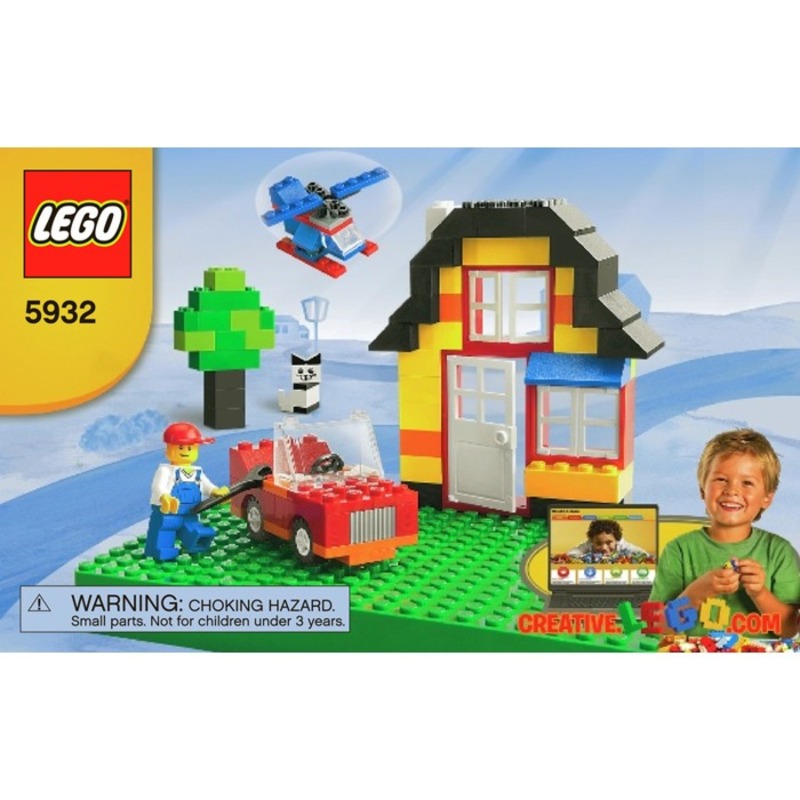
The Continuous Reinvention of LEGO
LEGO has consistently reinvented itself to maintain its place in the hearts and playrooms of people worldwide. This enduring success is due to its ability to adapt and expand upon its foundational sets. Though simple, these early toy lines were revolutionary, setting a precedent for creative building that would evolve for decades.
Constructing New Worlds: The Introduction of Town Plans
In 1956, LEGO took a significant leap with the introduction of Town Plans. This series allowed builders to create complex urban landscapes. The concept was innovative, providing a bird’s eye view of a bustling LEGO metropolis complete with roads, vehicles, and buildings. This move transitioned LEGO from individual sets to interconnected systems, simulating real-life scenarios and sparking complex play-patterns.
The Town Plans set opened up opportunities for storytelling and was integral in establishing the now-famous LEGO themes. With the ability to construct entire towns, LEGO encouraged young minds to think big. It taught children about urban planning and the interconnectedness of community components.
Celebrating History: Reissues and Anniversaries
Recognizing the importance of its history, LEGO has made a thoughtful effort to celebrate its milestones. Reissues of classic sets and anniversary editions have been a nod to nostalgia, while also allowing newer generations to experience the brand’s origins. These re-releases are not mere replicas; they offer updated designs with modern twists, ensuring they remain relevant in today’s dynamic toy market.Learn what was the first LEGO set.
Anniversary editions particularly stand out, often including unique elements not found in standard sets. These special editions serve as a testament to LEGO’s legacy and its journey from a small carpenter’s workshop to a leading name in the toy industry. LEGO’s commitment to celebrating its history alongside innovation ensures that it will continue to inspire and enthuse builders of all ages for many more years to come.
